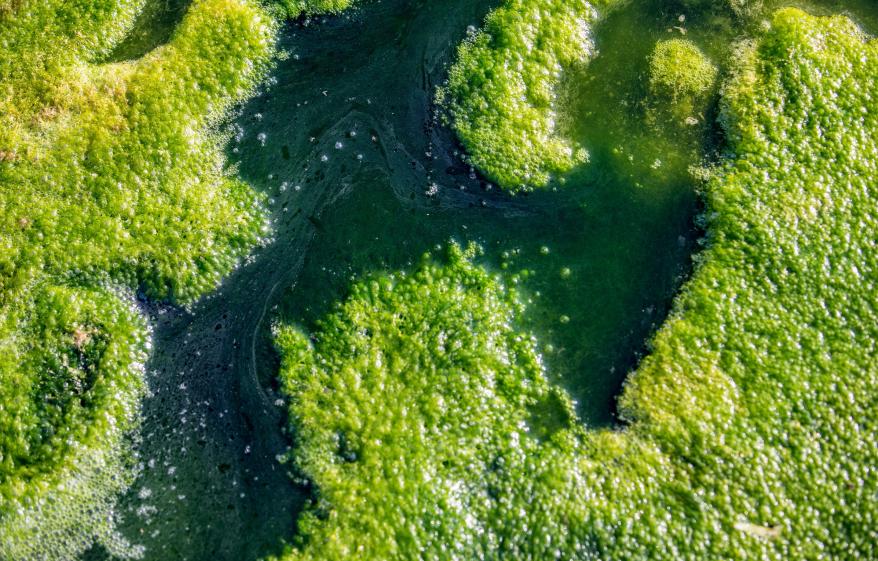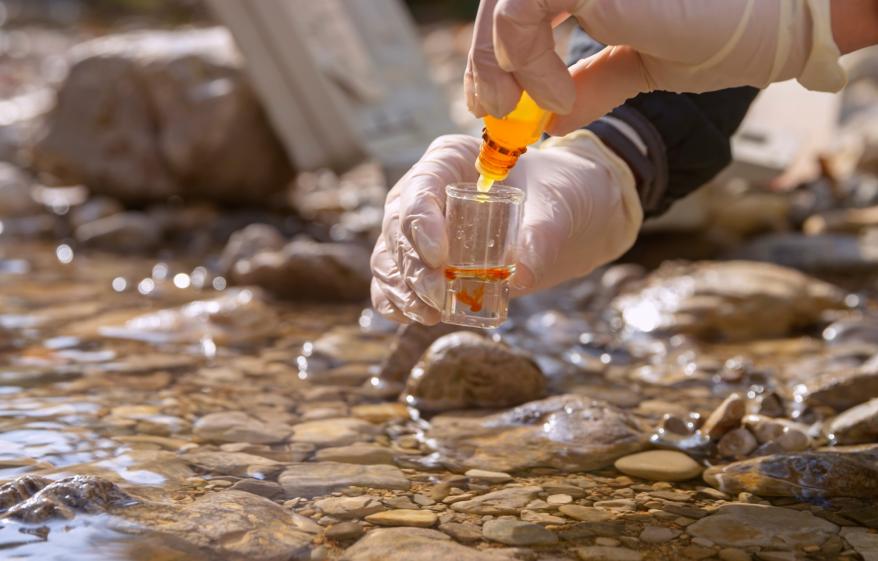
Microplastics in water
Each year over 380 million tons of plastic is produced, a weight equivalent to the entire human population. At the current rate of production, more than 10bn tons of mismanaged plastic waste will be dispersed in the natural environment by 2050. Up to 50% of that is for single-use purposes, used fleetingly then promptly discarded. Plastic can take up to 500 years to degrade, getting smaller and smaller but never truly disappearing.
Microplastics are less than 5mm in size, produced by larger plastic degrading. They are also found in many products such as toiletries and cosmetics and released directly into the environment when these products are used. Microplastics enter food, water, air and even the human body, causing harm to biodiversity and our environment.
The Guardian reports, “Experiments show how microplastics cascade through soil food webs, poisoning some of the animals that inhabit it. When they decompose into nanoparticles, they can be absorbed by soil fungi and accumulated by plants. We currently have no idea what the consequences of eating these contaminated crops might be.”
Microplastics have been detected in drinking-water too, entering drinking-water sources from wastewater effluent, sewer overflows, industrial effluent, surface run-off and degraded plastic waste.
The World Health Organisation states, “Water suppliers and regulators should continue to prioritise the removal of microorganisms and chemicals in drinking-water that pose a public health concern.”
How do we remove microplastics from water?
Onunda's technology stops microplastics from accumulating in the food chain by neutralising them while contained in the raw sewage or biosolids. These persistent micropollutants are hydrolysed into their respective soluble constituents so that they no longer pose a risk to human health.













